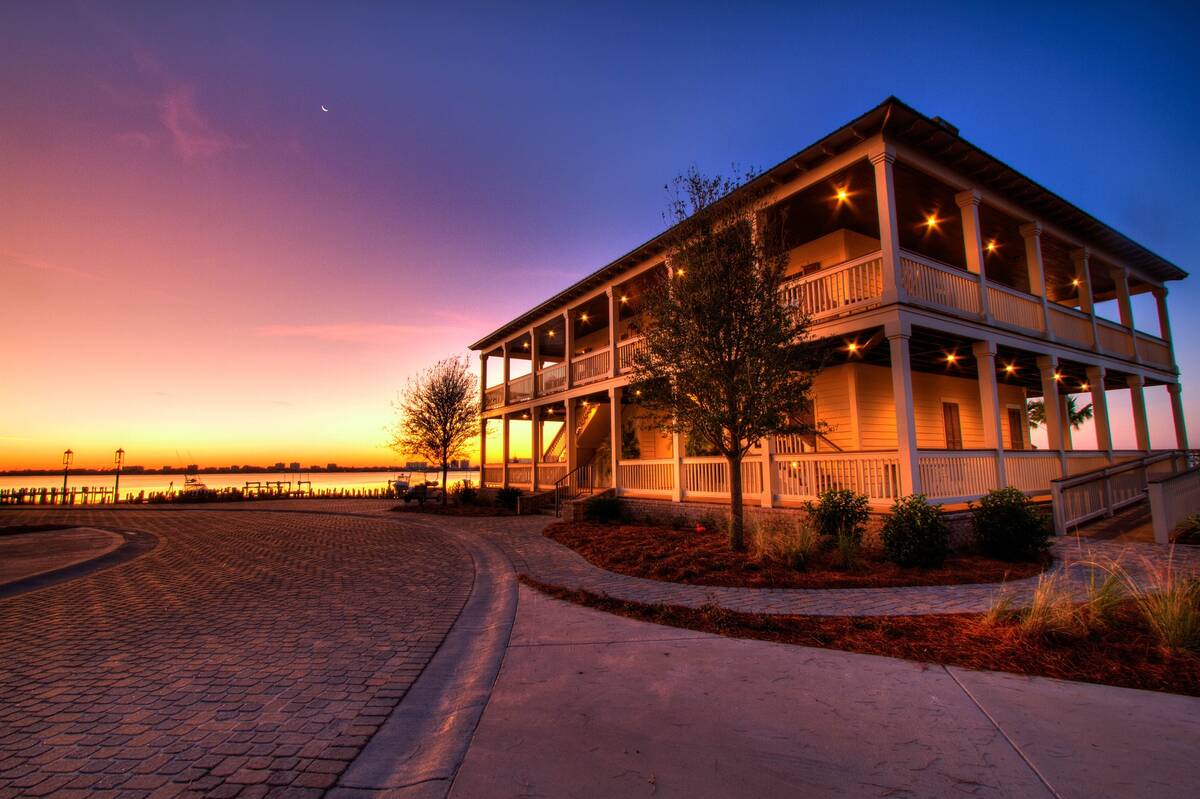
Life’s a beach in San Diego. You’ve got perfect weather all year, entertainment for days, and some of the most coveted natural landscapes in the world. Honestly, it would be embarrassing to waste your free time on yard work when you’ve got so many better things to do. That’s why we’ve compiled a list of 12 ways to create low-maintenance landscaping in San Diego.
With these 12 techniques, you can transform your outdoor space into a stunning oasis that requires minimal upkeep, leaving you with more time to soak up the sun, explore the city, and enjoy all that San Diego has to offer.
- 1. Save Water and Time With Xeriscaping
- 2. Rain Gardening: Make Every Drop Count
- 3. Native Plants to Make Your Life Easier
- 4. Say Adiós to Fall Cleanup With Evergreens
- 5. Perennials are Perfect for the Pacific Coast
- 6. Ditch Plants and Build a Rock Garden
- 7. Hardscaping Isn’t Hard
- 8. Get Out of the Dirt and Plant a Container Garden
- 9. Mulch is More Important Than you Think
- 10. Let Automatic Sprinklers do the Work
- 11. Go the Artificial Route
- 12. Use Ground Cover as a Living Lawn Substitute
- FAQ About Low-Maintenance Landscaping in San Diego
1. Save Water and Time With Xeriscaping
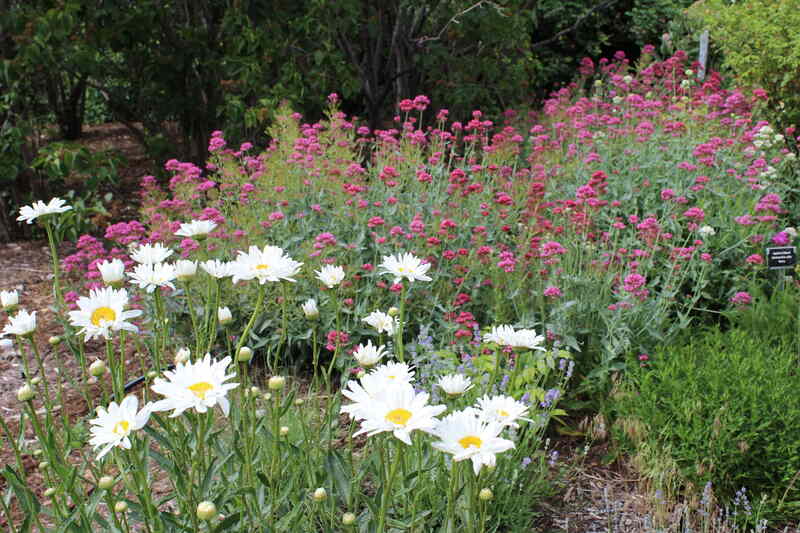
For most Southern Californians, conserving water is a major concern. Xeriscaping, a water-wise alternative to traditional landscaping, can help.
In xeriscaping, you use drought-tolerant plants and hardscapes to create a yard that thrives when it’s dry. What this means: Even during droughts, you won’t have to worry about watering a xeriscape.
Luckily for San Diego homeowners, there are loads of plants, including succulents and drought-tolerant trees, that thrive in SoCal and are perfect for xeriscaping:
- Coastal prickly pear cactus
- Agaves
- Mexican blue palm
- Guadalupe palm
- Jelly palm
2. Rain Gardening: Make Every Drop Count
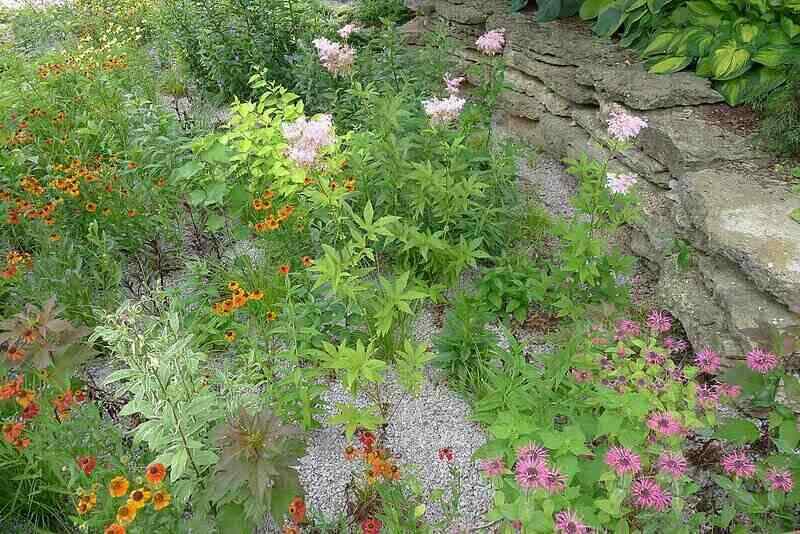
A rain garden is a garden that gets its water from nature. These gardens collect stormwater runoff, so you never have to worry about watering them. They also help prevent larger issues like erosion and flooding.
I know what you’re thinking: “A rain garden in a place where it doesn’t rain for months on end?” But hear me out. Even though rain gardens are more common in wetter climates, they’re still a solid low-maintenance option for San Diego.
If you’re wondering how to design a rain garden in San Diego, the key to making it work is plant selection. Pick plants that can tolerate both droughts and flooding. That way, your rain garden will look great with little help from you, whether it sits in a pool of standing water for 48 hours or goes half a year without seeing a drop. Good plant options for rain gardens in San Diego include:
- California fuchsia
- Hummingbird sage
- Yarrow
- California polypody fern
- Ceanothus
3. Native Plants to Make Your Life Easier
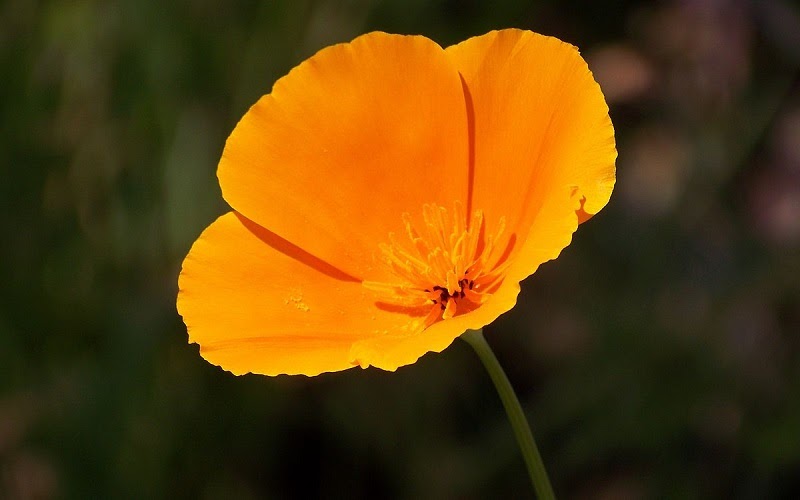
Speaking of native plants, it’s smart to use them in your landscape whenever possible.
One of the advantages of choosing plants native to San Diego is that they are hardy and low-maintenance. These plants have adapted to the local Mediterranean climate and soil conditions, making them more resilient and better suited to thrive in your yard.
Additionally, many native plants require minimal watering once established and just need good pruning occasionally to keep them neat and tidy. Common native plants include:
- California poppy (pictured)
- San Diego monkeyflower
- Showy penstemon
- California lilac
4. Say Adiós to Fall Cleanup With Evergreens
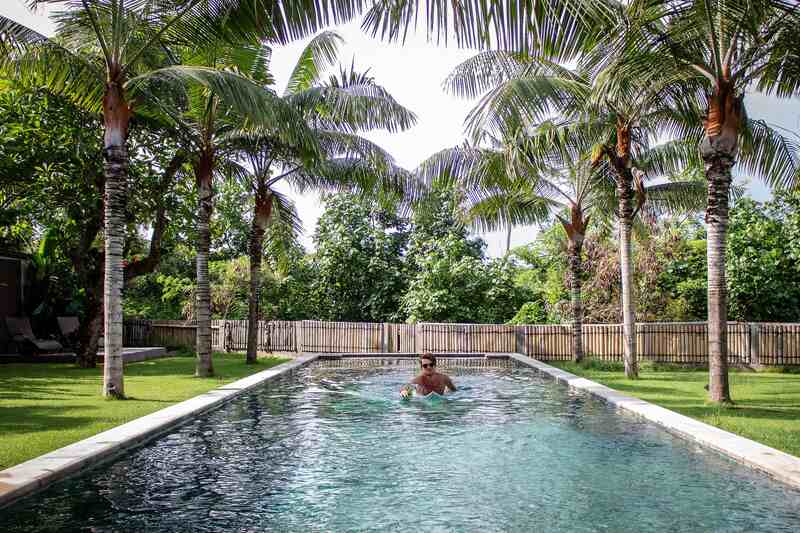
Evergreen plants keep their leaves year-round, which means you can skip the annual fall leaf cleanup by replacing your other trees with evergreens. You also can find dozens of low-maintenance evergreen shrubs, ground covers, and vines for your landscape.
The category of evergreens even includes palm trees, which are perfect for San Diego’s tropical vibe.
If you like the idea of a low-maintenance palm in your landscape but don’t want to look like every other house near a beach, check out these creative ways to use palm trees in your San Diego landscape.
5. Perennials are Perfect for the Pacific Coast
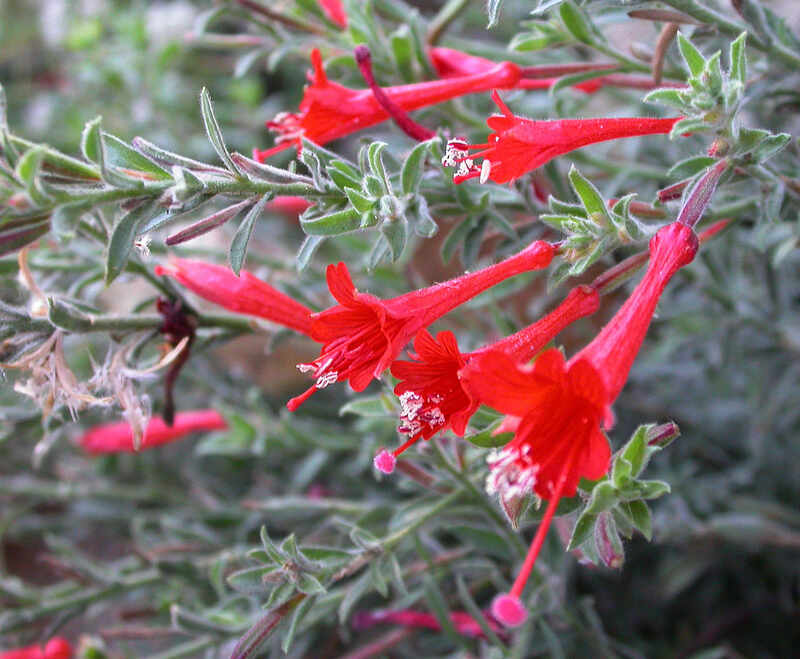
Planting perennials is a low-maintenance landscape technique that saves you two ways: No need to rip out annuals every year, and you’ll likely spend less over time.
Perennials are plants that come back every year after the dormant season on their own. Plant a perennial once, and you’ll be able to enjoy its blooms year after year. There’ll be no more replacing dead flowers every spring.
The good news is that many flowering plants are perennial in San Diego since the mild winters don’t kill them. Here are some examples of beautiful perennials for your San Diego landscape:
- Bougainvillea
- Geraniums
- California fuchsia (pictured)
- Ian bush manzanita
6. Ditch Plants and Build a Rock Garden
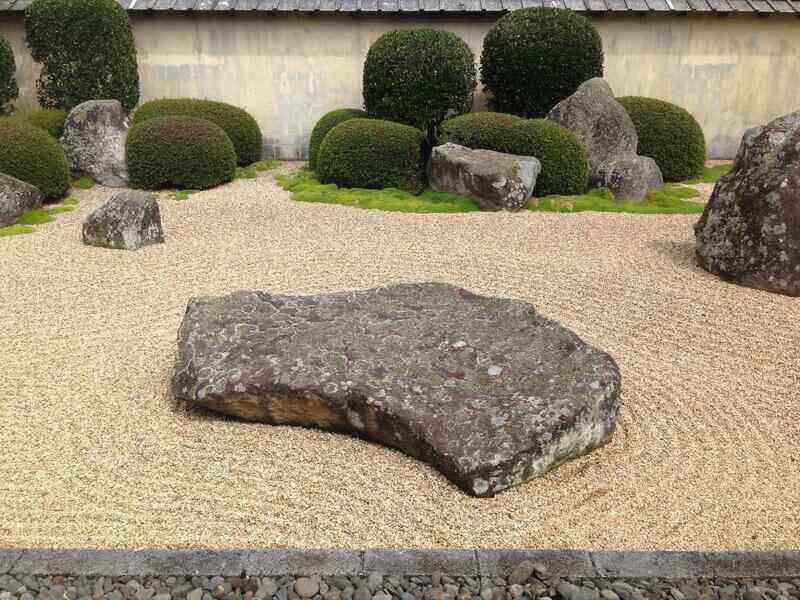
The lowest maintenance landscaping doesn’t involve plants at all.
In a rock garden, the essential building blocks are stones, boulders, gravel, and the like. You can add a few plants, such as succulents, into your rock garden design if you crave that touch of green, but they aren’t necessary.
The benefits of a rock garden are obvious. You don’t have to maintain it (or use your precious water supply on it), and yet it can serve the same purpose as a traditional garden, whether that means boosting your home’s curb appeal or creating a relaxing outdoor space.
7. Hardscaping Isn’t Hard
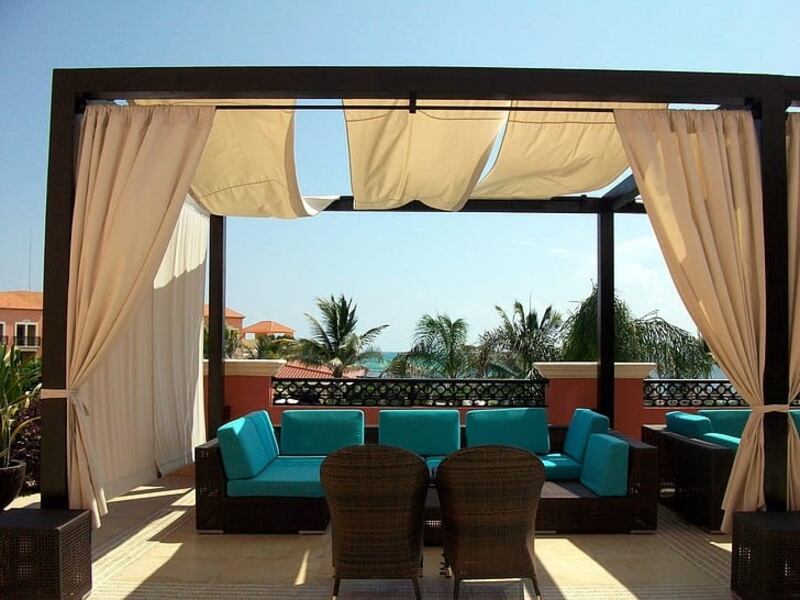
In a low-maintenance landscape, hardscaping follows the same concept as a rock garden but taken a step further. The more hardscapes you have in your yard, the less grass and plants you’ll have to care for.
When you install a hardscape, you’re filling your yard space with aesthetically pleasing features that require far less maintenance than plants. Hardscapes include things like:
That isn’t the only benefit of hardscapes. Many hardscapes, especially outdoor living spaces, will increase your home’s property value. Outdoor spaces are even more valuable in mild climate areas like San Diego, where you can enjoy them year-round.
8. Get Out of the Dirt and Plant a Container Garden
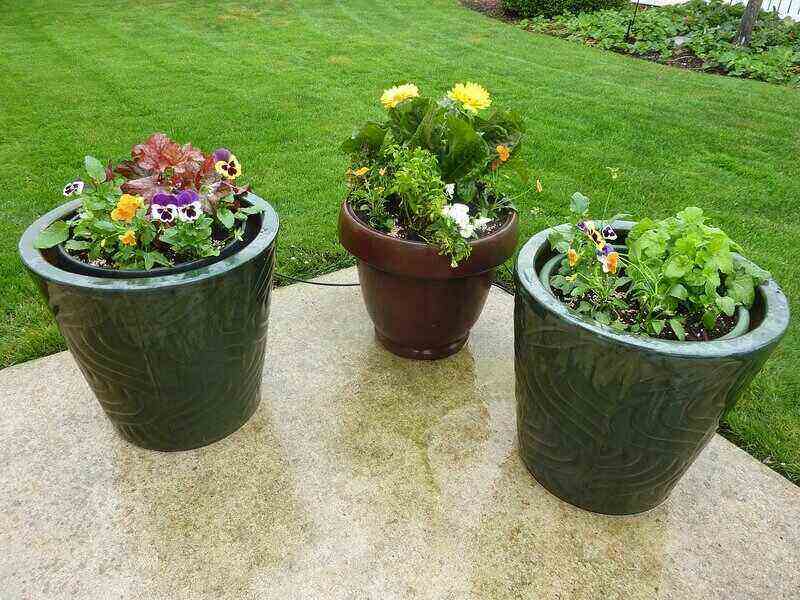
Maybe you want to fill your yard with plants but don’t have the time or energy to get down on your knees to dig holes and tend landscape beds. In that case, think inside the pot. Instead of a traditional garden, a container garden might be for you.
Container gardens consist of plants in pots, planter boxes, sacks, buckets, wheelbarrows, rain boots, you name it. If you can put a plant in it, you can incorporate it into your container garden design.
Choosing to go with a container garden not only gives you more room to be creative, it also means you’ll have an easier time caring for your plants than you would if they were in the ground.
9. Mulch is More Important Than you Think
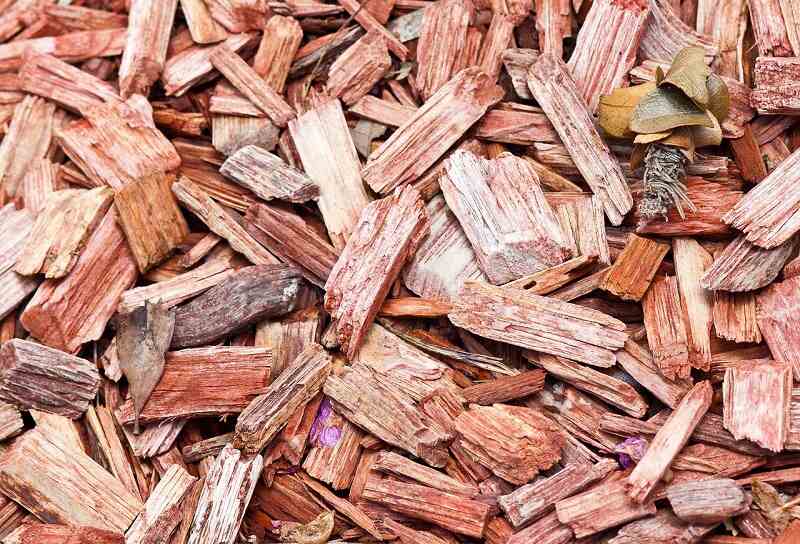
If your heart is set on having traditional plant beds in your landscape, make sure you always use mulch. Mulch smothers and prevents weeds, eliminating pulling garden interlopers from your to-do list.
Added bonus: Mulch also helps plants retain moisture, so you won’t have to water them as often during droughts.
While inorganic mulches, such as rocks and rubber, last for years at a time with little to no maintenance, organic mulches, like wood chips, will need replacing each season after they break down into the soil.
Tip: Mulch isn’t the only way to smother weeds. Landscape fabric is another popular option. However, some homeowners aren’t keen on using synthetic fabrics in their garden. Lucky for them, there are alternative weed barrier options available as well.
10. Let Automatic Sprinklers do the Work
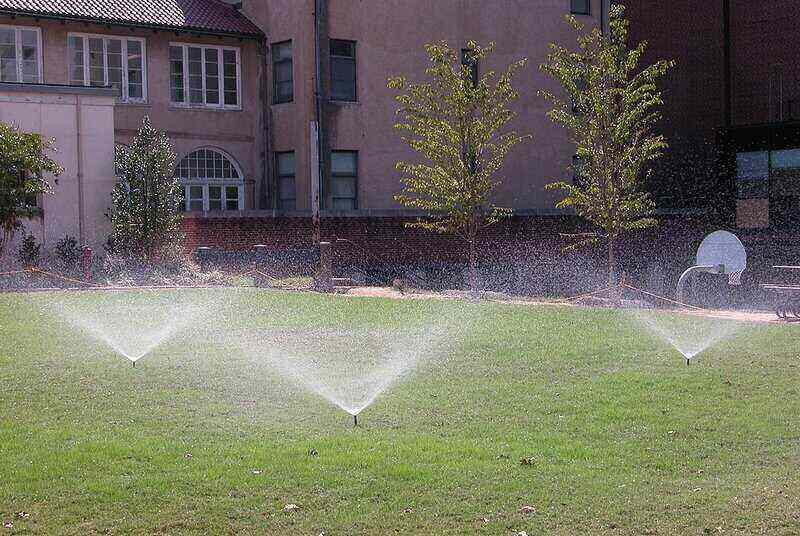
To help your lawn and garden through San Diego’s dry summers without having to water them manually, you might want to install an automatic irrigation system. With automatic irrigation, you simply set a timer and let your sprinklers look after your landscape for you.
An underground sprinkler system installation can be pricey ($3,150 on average), but if you’re worried about the high price tag of hiring a contractor, you can try to install automatic sprinklers yourself.
Of course, this is Southern California, and you can’t be willy-nilly with your water use. Remember to follow water restriction guidelines and schedules.
11. Go the Artificial Route
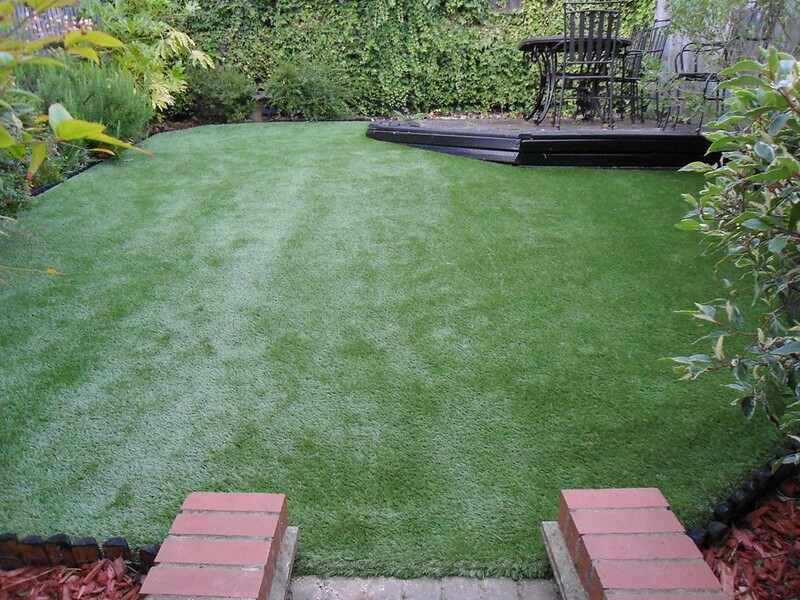
If maintaining a golf course-perfect lawn isn’t your thing, go for the mini-golf course look instead. With artificial grass, you won’t have to water — or mow — your lawn in the San Diego summer heat.
Installing artificial grass can get expensive (between $5.50 and $18.75 per square foot), but the extra cost might be worth the hours of lawn care you will avoid.
Added bonus: Artificial grass is kid-proof and pet-proof. Your furry friends and little ones can tear through this grass without tearing it up.
12. Use Ground Cover as a Living Lawn Substitute
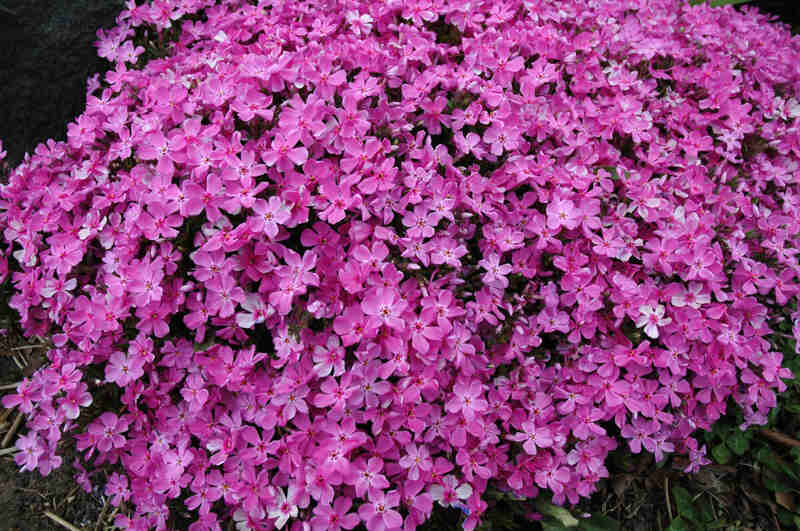
Photo Credit: Pxhere
Did you know? You can have a beautiful, lush lawn without having to mow it. It’s true. Ground covers are a living alternative to traditional grass that require far less maintenance.
Some ground covers, such as the mondo grass pictured above, mimic the look of regular grass, while others have showy, colorful blooms that can make your yard look unique.
Flowering ground covers for San Diego include:
- Ice plant
- Creeping phlox
- Bugleweed
- White creeping thyme
FAQ About Low-Maintenance Landscaping in San Diego
Native evergreen shrubs will be the most low-maintenance option because native plants almost always need less care, and evergreens don’t shed leaves.
Some examples of San Diego native evergreen shrubs are:
● Buckwheat
● Bush monkeyflower
● California lilac
● Catalina currant
● Chaparral mallow
● Flannel bush
● Lemonade berry
● Manzanita
● Silver lupine
● Toyon
Bermudagrass, St. Augustinegrass, and tall fescue are the best grass types for San Diego. However, the best choice for your specific needs will depend on a few factors, including your soil type, the amount of foot traffic, and the sunlight your grass gets
San Diego County falls within the USDA Hardiness zones 8 to 10, meaning that the area has a mild Mediterranean climate with relatively warm winters and hot summers.
When selecting plants for your San Diego landscaping, choosing varieties suited to these hardiness zones is important.
When to Call a Landscaping Professional
Low-maintenance landscape techniques like the ones detailed above are all fine and good, but what about those of us with no eye for landscape design? If you’re at a loss for how to make your yard look its best, a local San Diego landscaping pro can help.
Main Photo Credit: Pixabay